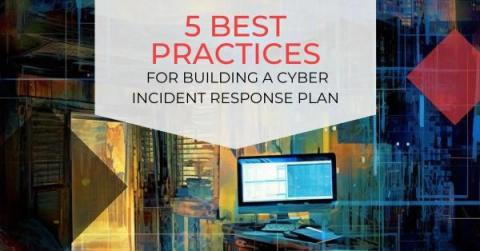RAM dump: Understanding its importance and the process
In the realm of digital forensics and incident response, the analysis of volatile memory, commonly referred to as RAM (Random Access Memory), plays a pivotal role in extracting crucial evidence and uncovering valuable information. RAM dump - the process of capturing the contents of a computer's memory, is a vital step in preserving volatile data for forensic examination.









